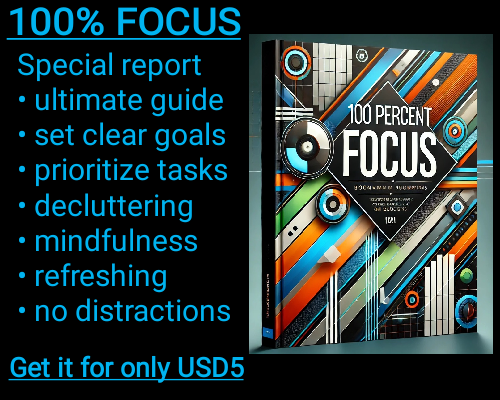Google Ads is one of the most effective platforms for online advertising. It allows businesses to target potential customers with precision. However, managing and analyzing data from your campaigns can sometimes feel overwhelming. This is where Excel becomes a powerful tool. By exporting your Google Ads data into Excel, you can simplify analysis, track performance, and make better decisions. Here’s a simple guide to get you started.
---
1. Export Google Ads Data to Excel
The first step in using Excel with Google Ads is exporting your data. Here’s how:
1. Log in to your Google Ads account.
2. Navigate to the "Reports" section.
3. Customize your report by selecting the metrics you want (e.g., clicks, impressions, CPC, and conversions).
4. Once your report is ready, click on the "Download" button and choose the format (CSV or Excel).
5. Open the file in Excel to begin working with your data.
---
2. Organizing Your Data
When you open the exported file, the data might look cluttered. Clean and organize it:
Remove unnecessary columns: Keep only the metrics you need.
Sort and filter data: Use Excel’s "Sort & Filter" feature to focus on specific campaigns or keywords.
Add headers: Ensure all columns are labeled clearly for easy understanding.
---
3. Analyze Performance with Excel
Excel makes analyzing Google Ads data much easier. Here’s how you can use its features:
a. Formulas for Quick Calculations
Use SUM to calculate total clicks or impressions.
Use AVERAGE to find the average cost per click (CPC).
Use IF statements to flag underperforming campaigns (e.g., =IF(C2<5, "Low Performance", "OK")).
b. PivotTables for Insights
PivotTables are great for breaking down data by dimensions like device, location, or ad type.
1. Highlight your data and click on "Insert > PivotTable".
2. Drag fields like "Campaign Name" to rows and "Clicks" or "Conversions" to values.
3. Analyze how different campaigns perform in one view.
c. Visualize with Charts
Create charts to make trends easier to understand.
Line charts to show performance over time.
Pie charts to visualize the share of clicks or impressions by campaigns.
Bar charts to compare metrics like cost and conversions.
---
4. Track Your Advertising Budget
Excel is an excellent tool for monitoring your ad spend. Here’s how to set up a simple budget tracker:
Create a new sheet: Add columns like "Campaign Name," "Budget," "Spend," and "Remaining Budget".
Use formulas to calculate the remaining budget (e.g., =B2-C2).
Add conditional formatting to highlight campaigns close to overspending.
---
5. Optimize Your Ad Schedule
By analyzing data in Excel, you can identify the best times to run your ads:
Export performance data by hour or day of the week.
Use PivotTables to summarize performance by time.
Identify high-performing times and adjust your ad schedule in Google Ads.
---
6. Create Custom Dashboards
Custom dashboards in Excel help you monitor performance at a glance.
Combine key metrics like clicks, CPC, conversions, and ROI into one sheet.
Use charts and conditional formatting to make the data visually appealing.
Update the dashboard regularly to track progress.
---
7. Adjust Bids Based on Data
Use historical data in Excel to calculate the best bids for your keywords:
Identify keywords with high conversion rates and low CPC.
Use Excel formulas to estimate optimal bids for your campaigns.
Update your bids in Google Ads based on these insights.
---
8. Automate Data Refreshing
For advanced users, automation can save time. Use tools like Power Query or connect your Google Ads API to Excel to refresh data automatically. This eliminates the need to export reports manually.
---
Why Use Excel for Google Ads?
Simplicity: No need for expensive tools—Excel is easy to use and widely available.
Customization: Tailor your analysis to fit your specific goals.
Better Decisions: Gain deeper insights into your campaigns to optimize performance.
---
With a bit of practice, you can create powerful reports, identify trends, and optimize your strategy. Start with the basics outlined in this guide, and as you gain confidence, explore more advanced features like automation and dashboards.

